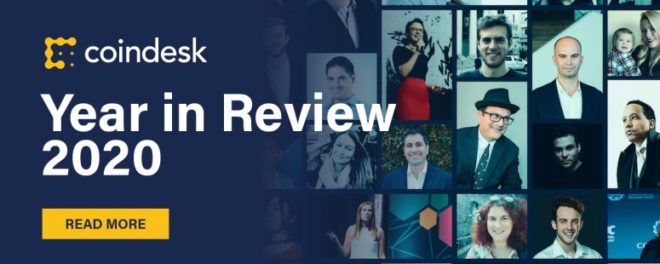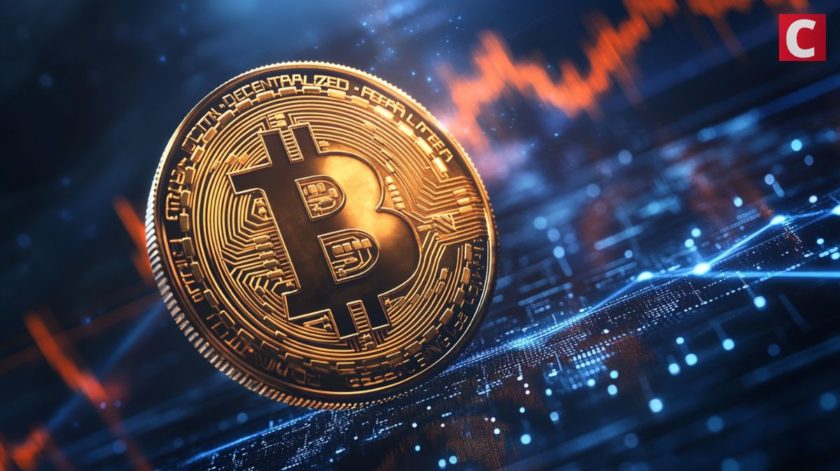“Blockchain and bitcoin point to a future, and point to a world, where content exists forever, where it’s permanent, where it doesn’t go away, where it exists forever on every single node that’s connected to it,” Twitter CEO Jack Dorsey said recently, as he endorsed a decentralized social media standard.
In the same week, the European Union (EU) revealed it is gearing up for another challenge to Big Tech. Under the Digital Services Act regulation proposed by the bloc, the companies that preside over the vast troves of the internet’s data, platforms like Amazon and Google, would be forced to make the data collected accessible to smaller rivals.
This post is part of CryptoX’s 2020 Year in Review – a collection of op-eds, essays and interviews about the year in crypto and beyond. Colin Evran is the Filecoin Ecosystem Lead.
It is striking to see the coordinated charge by regulators, from Ireland to the United States, in supporting antitrust action meant to make the internet a fairer place. In speaking out against the current structure of the internet, Jack Dorsey has become the latest tech entrepreneur to lend his voice to the conversation about transforming the internet as we know it. It’s a conversation that has grown steadily louder in recent months.
Today, Web 2.0, the model that determines how we locate all of the data across the internet, is failing us. We need not list the numerous data hacks and breaches, cases of government voter manipulation, and the scourge of fake news it is now near impossible to avoid online.
More problematic still is the fact that we are losing precious data each and every day. As it stands, only 7% of the data that is generated actually gets stored. And that ratio is decreasing over time – predicted to decrease to 5% in the next five years. Still, current cloud storage infrastructure proves incapable of keeping up, as the data we produce as a species increases at over 30% a year.
The vision for Web 3.0 is to make all the applications, the data and the use cases of the internet, completely verifiable. Adding the capability of verification means that a centralized intermediary, like a bank or a large tech company, that says it controls your money or your data, can be required to back up that claim and prove the actions they’re taking with this data are accurate. Web 3.0 is designed to introduce trust or verifiability into the web, and that’s where we’re headed.
See also: Juan Benet: From Idea to Action
On the 50th anniversary of the internet, Tim Berners-Lee, the inventor of the World Wide Web, expressed concerns for the future of the internet. He raised issues of increasing centralization, an imbalance of power contrary to the original design principles of the internet, which sought to achieve the goal of decentralizing information.
In recent years, Big Tech conglomerates including Facebook and Google have turned this concept on its head, caging data in closed platforms. So when you think about Web 2.0, the whole value of the ecosystem has more recently been built on the companies and the platforms that build on top of the protocols, and not necessarily the protocols themselves. Decentralizing information is one of the core tenets behind Web 3.0. The next question is how do we get there?
As Dorsey suggested, along with Ben Horowitz, and Tim Berners-Lee, who have also committed to change by putting their names and money behind blockchain technology to upgrade the web, a decentralized web (dWeb) will be the foundation of the next generation of the internet – Web 3.0.
This collective dream of a future internet, where content exists forever and error 404 is a distant memory, could become a reality if the internet’s data is successfully decentralized away from the Big Tech oligopoly.
This is, by and large, exactly what the EU regulation strives to achieve: fair distribution of the world’s knowledge and moving control away from the handful of money hungry corporations, whose corporate interests do not prioritize ensuring the dissemination of factual information or preserving humanity’s history online.
Error 404 frustration, what is known as link rot, occurs when a webpage, for example, on an old blog is deleted, and as it vanishes so does your access to it. The problem may be that whoever was paying for that particular blog on the internet has ceased doing so and so the content disappears.
This is annoying at the best of times but it becomes even more of a concern when the source you’re trying to access is a national archive or, as was the case in Turkey in 2017, when this design flaw enables a government to restrict its citizens from accessing fundamental online services such as Wikipedia. The solution to this internet light switch that allows trigger-happy corporations and governments to pull the plug, is to change how the data on the internet is addressed.
So with Web 3.0, under a decentralized system, the onus is not on the original publisher to pay for the blog to remain in the public domain, but to enable anyone who has an interest in that information to preserve it.
See also: Pooja Shah – How Web 3.0 Creates Value for Users, Not Platforms
This distribution model grants anyone who is interested in paying to preserve specific information, any storage provider who wants to be paid to preserve said information or anyone who wants to use itthe opportunity to do so. Regardless of the actions of the original publisher, once the data is part of the public record, the network of users on this new, trusted version of the internet can continue to access it and read it.
To put that in the context of social media, as Dorsey envisions, video footage of world events would not be lost or manipulated and the memories of humanity would persist. There are thousands of projects, inspired by the decentralized movement and alarmed by the fragility of the internet we use today, working tirelessly to build solutions to revamp the internet.
As we come to the end of 2020, the signifiers of change are not lacking. Each day we are taking a step closer to Web 3.0, an internet we can trust.




